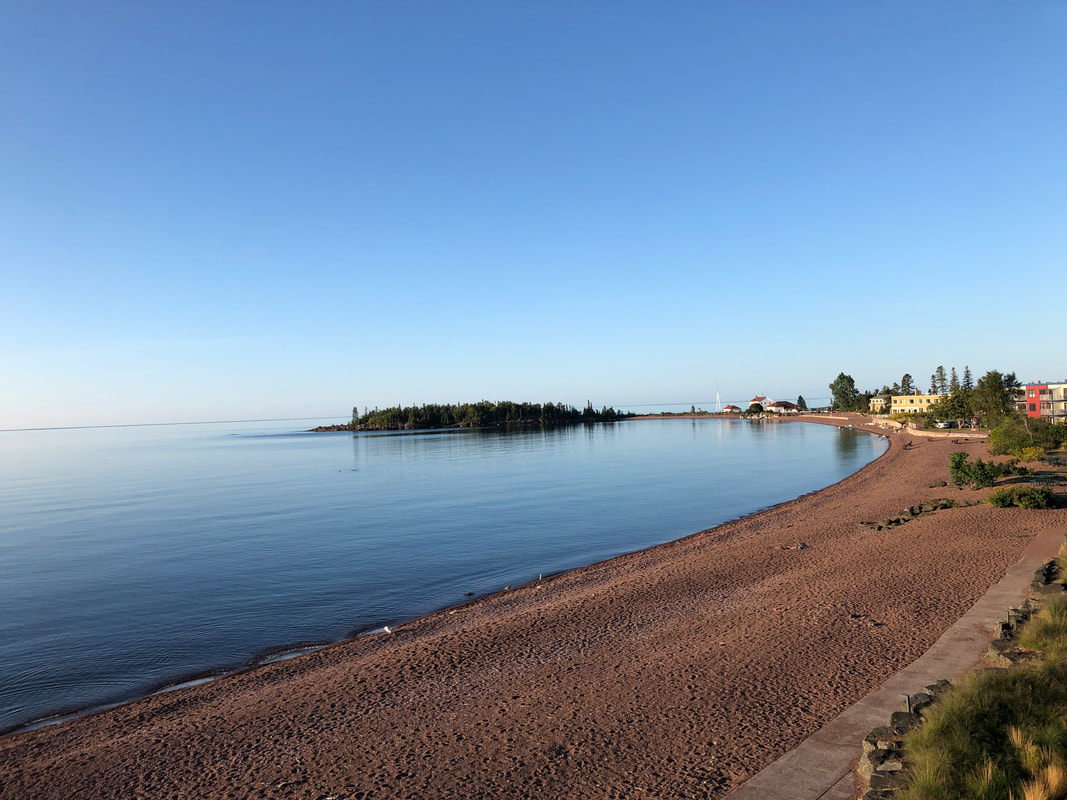|
Recent rains have finally come to begin restoring our drought-ravaged land. In our area the rains have been very welcome but too late to revive most un-irrigated crops.
We are still viewing incredible sunrises and sunsets through the smoky haze of forest fires that are burning north of us. Egrets still congregate at wetlands shrunken by drought, making the remaining aquatic life easy pickings for the feeding birds. Our bluestem grass prairie, which we burned off this spring has grown back beautifully despite the drought, its deep roots finding enough water to thrive. It is now four to five feet tall, fully headed out, and displaying its brilliant fall-like color. This native prairie grass has probably survived many fires and droughts over the centuries.
0 Comments
As the drought continues, many of our wetlands are drying up. They offer an easy and sumptuous buffet for egrets, herons, and shore birds. Once the wetland is completely dry, the party is over and the birds move on to another area to feed. Meanwhile, a field of liatris blooms despite the drought as the monarch butterflies are moving in to feed. The drought-tolerant butterfly weed struggles into bloom while we take respite from the heat with a visit to the North Shore of Lake Superior, which is truly the Mother of all fresh water.
|
Gene R. StarkA teacher, farmer, trapper, and greenhouse grower. He writes about the outdoors and the people and culture of rural America.. Archives
February 2022
Categories |







 RSS Feed
RSS Feed